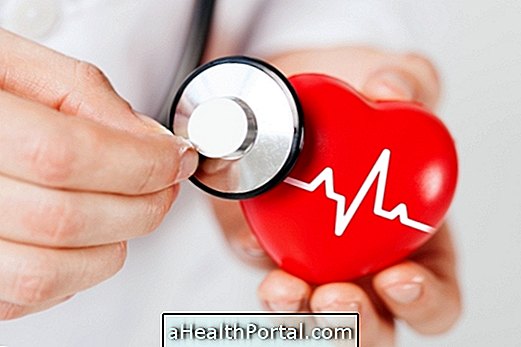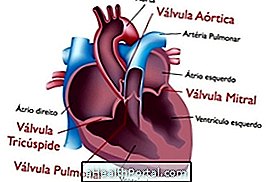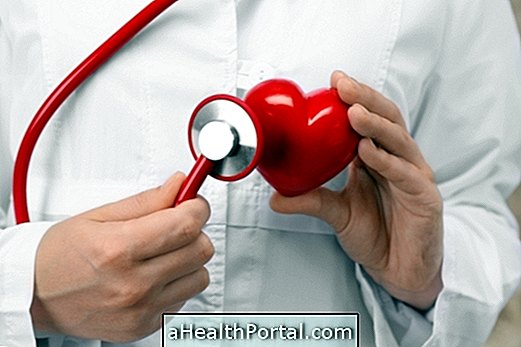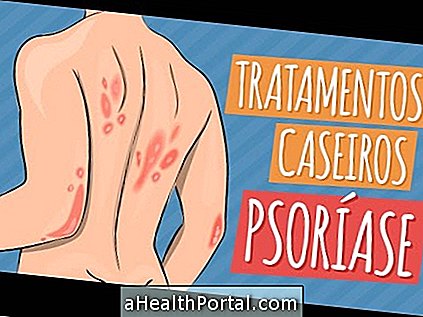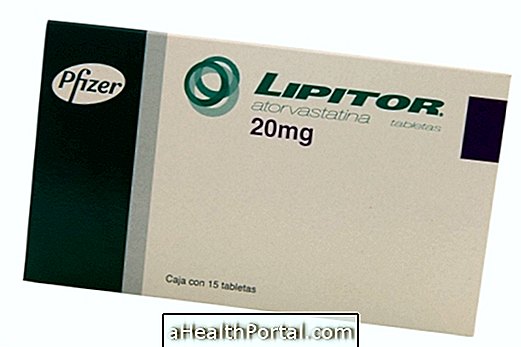Fulminant heart attack is one that arises suddenly and can often cause the death of the victim before it can be attended by the doctor. Almost half of the cases die before they reach the hospital because of how quickly they do and the lack of effective care.
This type of infarction occurs when there is abrupt interruption of blood flow to the heart, and is usually caused by genetic changes, which cause changes in blood vessels or a severe arrhythmia. This risk is greatest in young people with genetic alterations or people with risk factors for heart disease such as smoking, obesity, diabetes and high blood pressure.
Due to its severity, the fulminant infarct can lead to death within minutes, if not promptly diagnosed and treated, causing the condition known as sudden death. Therefore, in the presence of symptoms that may indicate a heart attack, such as chest pain, tightness or shortness of breath, for example, it is very important to seek medical attention as soon as possible.
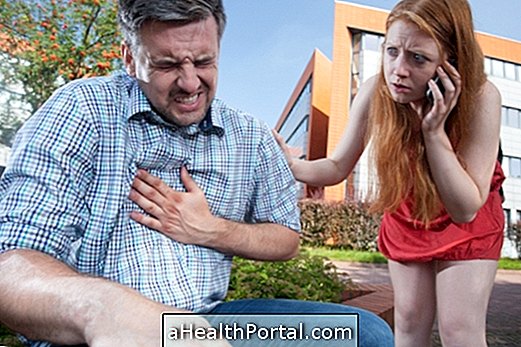
Main symptoms
Although it may occur without any warning, heart attack can cause symptoms, which may occur days before and not just at the time of the attack. Some of the most common include:
- Pain, feeling of heaviness or burning of the chest, which can be localized or radiate to the arm or jaw;
- Sensation of indigestion;
- Shortness of breath;
- Tiredness with cold sweat.
The intensity and type of the symptom that appears vary according to the severity of the lesion in the myocardium, which is the muscle of the heart, but also according to people's characteristics, since it is known that women and diabetics tend to present quieter infarcts. Find out what they are and how the symptoms of myocardial infarction in women may be different.
What causes a fulminant heart attack
Fulminant heart attack is usually caused by obstruction of blood flow by rupturing a fat plaque that is adhered to the vessel's inner wall. When this plaque ruptures, it releases inflammatory substances that prevent the passage of blood that carries oxygen to the walls of the heart.
The fulminant infarction occurs especially in young people, as they do not yet have the so-called collateral circulation, responsible for irrigating the heart along with the coronary arteries. The lack of circulation and oxygen causes the heart muscle to suffer, causing chest pain, which can then result in death of the heart muscle.
In addition, people who are at increased risk of developing a fulminant heart attack are:
- Family history of infarction, which may indicate genetic predisposition;
- Age over 40 years;
- High levels of stress;
- Diseases such as high blood pressure, diabetes and high cholesterol, especially if not treated correctly;
- Overweight;
- Smoking.
Although these people have a greater predisposition, anyone can develop a heart rate, so in the presence of signs and symptoms that indicate this situation, it is very important to go to the emergency room for confirmation and treatments as soon as possible.

How is the treatment done?
The treatment of fulminant infarction is done in the hospital, and the doctor indicates the use of drugs to improve blood circulation, such as AAS, in addition to surgical procedures to restore the passage of blood to the heart, such as catheterization.
If the infarction leads to cardiac arrest, the medical team will initiate a cardiopulmonary resuscitation procedure, with cardiac massage and, if necessary, a defibrillator, as a way of trying to save the patient's life.
In addition, after recovery, it is important that a treatment for rehabilitation of the physical capacity after the infarct with physical therapy be initiated after the cardiologist has been released. See more details on how to treat acute myocardial infarction.
What to do in fulminant infarction
Until the doctor's treatment in the emergency room is done, it is possible to help a person with a fulminant heart attack. It is recommended to call a SAMU ambulance by calling the number 192, or to take the victim immediately to the hospital.
While waiting for the ambulance, it is important to calm the person and leave it in a cool and cool place, always checking the awareness and presence of pulse beats and breathing movements. If the person shows a heartbeat or breathing stop, it is possible to perform a cardiac massage on the person, as indicated in the following video:

How to prevent a heart attack
To reduce the risk of a heart attack, healthy eating habits such as eating properly, giving preference to vegetables, grains, cereals, fruits, vegetables and lean meats such as grilled chicken breast, for example, are recommended. .
In addition, it is recommended to practice some kind of physical activity regularly, such as a walk of 30 minutes, at least 3 times a week. Another important tip is to drink plenty of water and avoid stress by allowing yourself time to rest. Check out our tips to lower the risk of a stroke or stroke of anyone.
